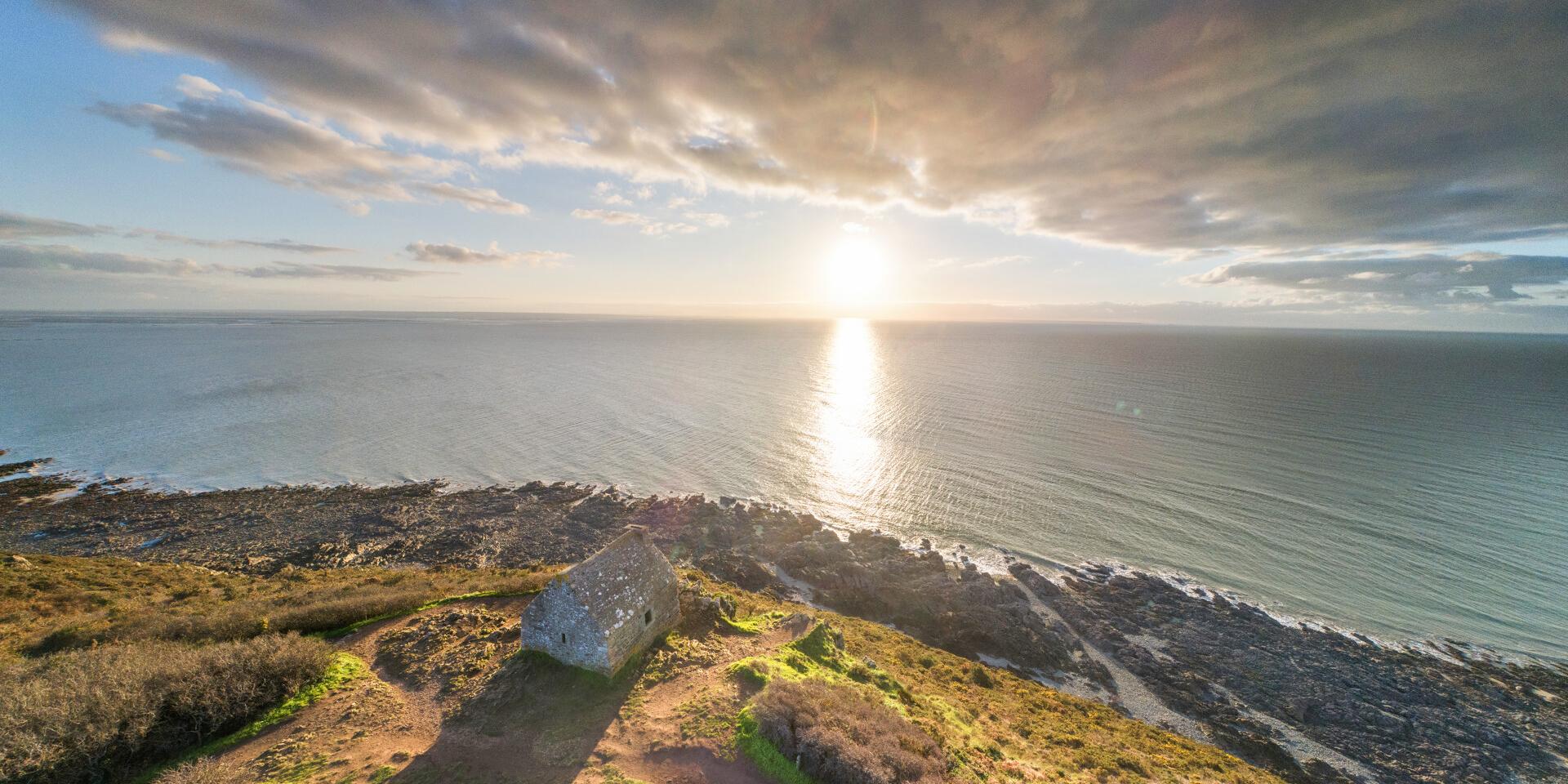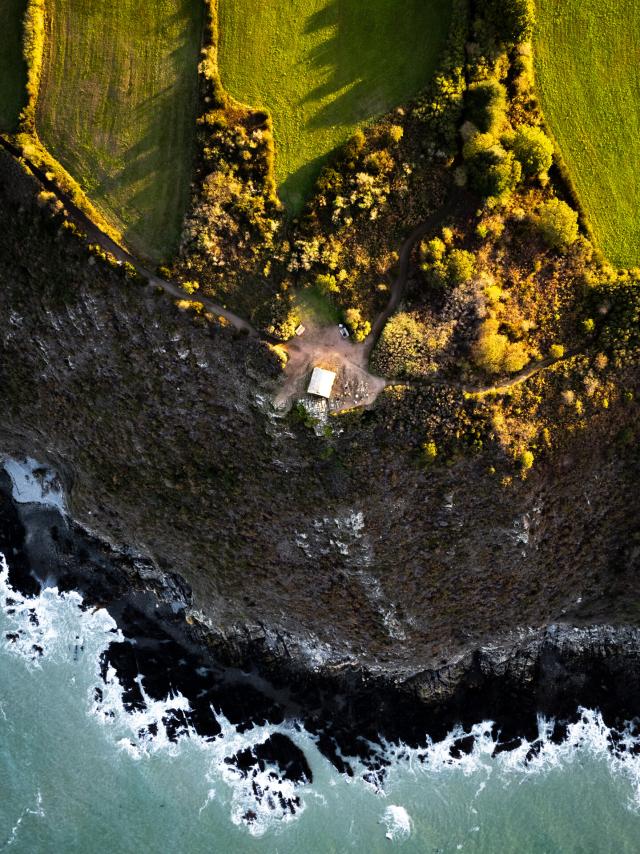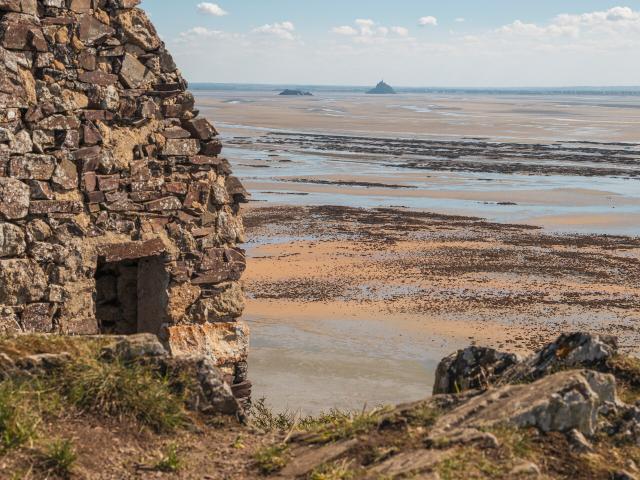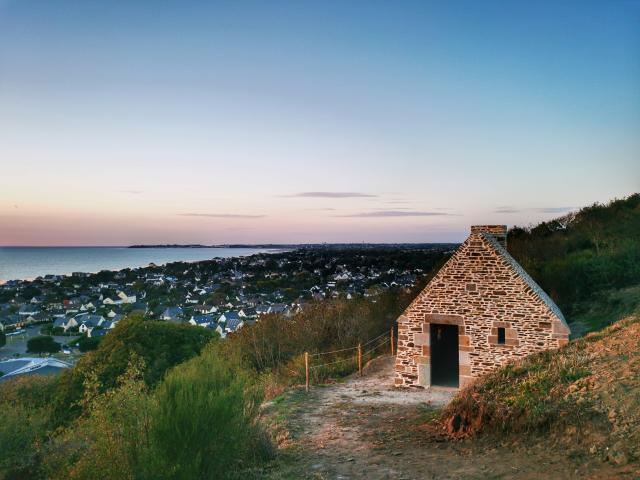Vauban cabanes are small stone guardhouses located along the coastline. Built in the late 17th and early 18th centuries, Vauban huts are named after military architect Sébastien Le Prestre de Vauban, who was commissioned by Louis XIV to fortify the French coast. In 1686, Louis XIV, concerned about the situation in England, commissioned Vauban to inspect and fortify the Normandy coast. Following his visit to the Avranchin coast in October 1699, Vauban entrusted the task of fortifying this coast to the engineer Ricard. Guardhouses were built, and captaincies created to manage them. By 1705, there were thirteen captains’ offices and seventy guardhouses responsible for coastal surveillance. The Carolles hut – built on the site of the Carolles and Champeaux cliffs – was part of a chain of guardhouses staggered between Granville and Avranches, enabling the transmission of signals by fire – by night – or smoke – by day – to signal enemy vessels. After the abolition of the captaincies in 1778 and the dismantling of the guardhouses in 1815, the Vauban hut at Carolles was used by customs officers until the early 20th century to keep an eye on smugglers, such as those who disembarked at night in the port of Le Lude.
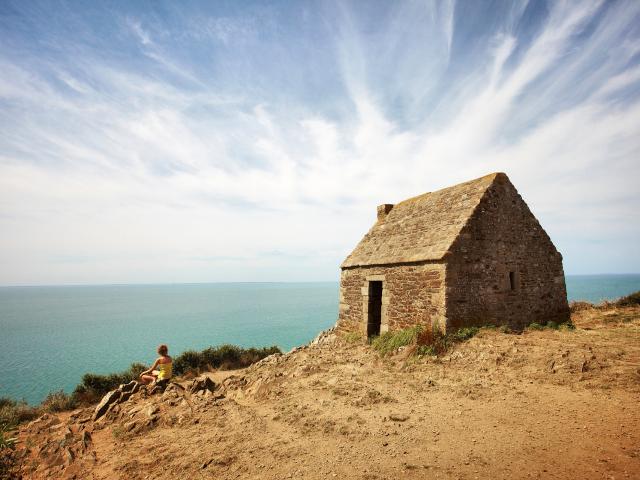 A hiker sitting next to the Vauban hut in Carolles on the cliff overlooking the bay of Mont Saint-Michel.
A hiker sitting next to the Vauban hut in Carolles on the cliff overlooking the bay of Mont Saint-Michel.